Instruction
Find a good wedge for you and learn to control the face angle

In this part of my short game series, I am going to talk about distance control when hitting pitch shots and less-than-full wedge shots into the green. There are many things that go into hitting solid and well controlled wedge shots. The two I have found to be most forgotten are:
- Learning to control face angle.
- Finding the right wedges to fit your game and the conditions that you play.
So let’s get the right equipment for you and learn what to practice to get better.
Controlling the face angle
To learn to control the angle of the club face, two things must be discussed. First, how much bounce will you need to hit this shot? Second, what is the face position of your wedge when you are trying to hit a pitch shot?
Bounce is the difference, or rather the angle in degrees, between the leading edge and the trailing edge of the sole of the golf club. Notice that the more you rotate the club face open at address the more the leading edge tends sits up off of the ground.
I try to get most of my students to start to feel the position of the face and the bounce of the golf club by doing a drill where they don’t hit balls, but rather make rehearsal swings. In this drill, we position the club toe up in the back swing and swing to face up in the follow-through with the shaft parallel to the ground. This will get you to learn to rotate the club face open, and from there maintain the position of the club face all the way through the finish.
Fit your game and playing conditions
It is very important to understand how the firmness of the ground is going to affect the pitch shot that you are trying to hit. The more the face is rotated open, the more the bounce is activated. With that being said, in soft conditions, you’re able to play a pitch shot with just about any face position because soft ground allows for more options with the bounce of the club. With soft soil, the club doesn’t want to bounce off the ground into the equator of the golf ball.
Hard/firm ground, however, limits the degree of bounce you are able to have on the wedge because when the bounce of the club hits the ground it can raise the leading edge into the middle of the golf ball and cause shots to be bladed across the green. The more versatile the grind of the wedge the less this will affect you, but the better your skills need to be. Having options are nice… if you know how to use them.
The setup for these shots is simple. To start, aim with the trail foot. For a righty, get your right foot perpendicular to your target line and narrow the stance as much as possible to sustain the amount of balance needed for the length and speed of swing. Next, let’s pre-set the hips open and drop the left foot behind your right foot to encourage a nice full rotation of body through the hit.
I like to tell my students, “Something is always going to rotate in the through swing. If your body doesn’t, the club face will.”
To control the face angle one must learn to rotate through the hit and as previously stated, controlling the bounce in doing so. Rotating the face through the hit is definitely unstable, thus making it harder to control distance on small-to-medium distance pitch shots as the angle of the club face is changing.
Conclusion
The trick is to find wedges that fit your golf game (loft wise) and the conditions that you play in (bounce and sole grind wise). This is becoming easier, as the wedges that are being made these days are much more versatile than the wedges from even the late 1990’s. Most companies make wedges with different sole width options and distinct grinds. These sole grinds give skilled golfers more options in varied conditions throughout a season.
Go see your local PGA Professional and do a gap fitting for the lofts of wedges that should be in your set and then take suggestions on the bounce and sole options available to you.
Remember, there are no shortcuts to a better short game. The best way to get better is to learn the appropriate motion and then practice more than you think you should. There is no substitute for repetition based experience in sports. Sure, in sports you can see very young athletes thrive, but you cannot call them inexperienced. They have logged the mass quantities of hours of quality practice and repetition.
A former NBA great once told me, “When I was a kid growing up, I didn’t take 1,000 shots a day. I made 1,000 shots every day.” In golf when you work harder than everyone else your only opponent is the moment.
- LIKE10
- LEGIT3
- WOW3
- LOL0
- IDHT1
- FLOP0
- OB0
- SHANK0
Instruction
Clement: Laid-off or perfect fade? Across-the-line or perfect draw?

Some call the image on the left laid off, but if you are hitting a fade, this could be a perfect backswing for it! Same for across the line for a draw! Stop racking your brain with perceived mistakes and simply match backswing to shot shape!
- LIKE0
- LEGIT0
- WOW0
- LOL0
- IDHT0
- FLOP0
- OB0
- SHANK1
Instruction
The Wedge Guy: The easiest-to-learn golf basic

My golf learning began with this simple fact – if you don’t have a fundamentally sound hold on the golf club, it is practically impossible for your body to execute a fundamentally sound golf swing. I’m still a big believer that the golf swing is much easier to execute if you begin with the proper hold on the club.
As you might imagine, I come into contact with hundreds of golfers of all skill levels. And it is very rare to see a good player with a bad hold on the golf club. There are some exceptions, for sure, but they are very few and very far between, and they typically have beat so many balls with their poor grip that they’ve found a way to work around it.
The reality of biophysics is that the body moves only in certain ways – and the particulars of the way you hold the golf club can totally prevent a sound swing motion that allows the club to release properly through the impact zone. The wonderful thing is that anyone can learn how to put a fundamentally sound hold on the golf club, and you can practice it anywhere your hands are not otherwise engaged, like watching TV or just sitting and relaxing.
Whether you prefer an overlap, interlock or full-finger (not baseball!) grip on the club, the same fundamentals apply. Here are the major grip faults I see most often, in the order of the frequency:
Mis-aligned hands
By this I mean that the palms of the two hands are not parallel to each other. Too many golfers have a weak left hand and strong right, or vice versa. The easiest way to learn how to hold the club with your palms aligned properly is to grip a plain wooden ruler or yardstick. It forces the hands to align properly and shows you how that feels. If you grip and re-grip a yardstick several times, then grip a club, you’ll see that the learning curve is almost immediate.
The position of the grip in the upper/left hand
I also observe many golfers who have the butt of the grip too far into the heel pad of the upper hand (the left hand for right-handed players). It’s amazing how much easier it is to release the club through the ball if even 1/4-1/2″ of the butt is beyond the left heel pad. Try this yourself to see what I mean. Swing the club freely with just your left hand and notice the difference in its release from when you hold it at the end of the grip, versus gripping down even a half inch.
To help you really understand how this works, go to the range and hit shots with your five-iron gripped down a full inch to make the club the same length as your seven-iron. You will probably see an amazing shot shape difference, and likely not see as much distance loss as you would expect.
Too much lower (right) hand on the club
It seems like almost all golfers of 8-10 handicap or higher have the club too far into the palm of the lower hand, because that feels “good” if you are trying to control the path of the clubhead to the ball. But the golf swing is not an effort to hit at the ball – it is a swing of the club. The proper hold on the club has the grip underneath the pad at the base of the fingers. This will likely feel “weak” to you — like you cannot control the club like that. EXACTLY. You should not be trying to control the club with your lower/master hand.
Gripping too tightly
Nearly all golfers hold the club too tightly, which tenses up the forearms and prevents a proper release of the club through impact. In order for the club to move back and through properly, you must feel that the club is controlled by the last three fingers of the upper hand, and the middle two fingers of the lower hand. If you engage your thumbs and forefingers in “holding” the club, the result will almost always be a grip that is too tight. Try this for yourself. Hold the club in your upper hand only, and squeeze firmly with just the last three fingers, with the forefinger and thumb off the club entirely. You have good control, but your forearms are not tense. Then begin to squeeze down with your thumb and forefinger and observe the tensing of the entire forearm. This is the way we are made, so the key to preventing tenseness in the arms is to hold the club very lightly with the “pinchers” — the thumbs and forefingers.
So, those are what I believe are the four fundamentals of a good grip. Anyone can learn them in their home or office very quickly. There is no easier way to improve your ball striking consistency and add distance than giving more attention to the way you hold the golf club.
More from the Wedge Guy
- The Wedge Guy: Golf mastery begins with your wedge game
- The Wedge Guy: Why golf is 20 times harder than brain surgery
- The Wedge Guy: Musings on the golf ball rollback
- LIKE88
- LEGIT14
- WOW6
- LOL1
- IDHT0
- FLOP4
- OB1
- SHANK8
Instruction
Clement: Stop ripping off your swing with this drill!

Not the dreaded headcover under the armpit drill! As if your body is defective and can’t function by itself! Have you seen how incredible the human machine is with all the incredible feats of agility all kinds of athletes are accomplishing? You think your body is so defective (the good Lord is laughing his head off at you) that it needs a headcover tucked under the armpit so you can swing like T-Rex?
- LIKE0
- LEGIT3
- WOW2
- LOL0
- IDHT0
- FLOP0
- OB0
- SHANK2
-

 19th Hole2 weeks ago
19th Hole2 weeks agoJustin Thomas on the equipment choice of Scottie Scheffler that he thinks is ‘weird’
-

 19th Hole2 weeks ago
19th Hole2 weeks ago‘Absolutely crazy’ – Major champ lays into Patrick Cantlay over his decision on final hole of RBC Heritage
-

 19th Hole3 weeks ago
19th Hole3 weeks agoReport: LIV Golf identifies latest star name they hope to sign to breakaway tour
-

 19th Hole3 weeks ago
19th Hole3 weeks agoNeal Shipley presser ends in awkward fashion after reporter claims Tiger handed him note on 8th fairway
-

 19th Hole3 weeks ago
19th Hole3 weeks agoBrandel Chamblee has ‘no doubt’ who started the McIlroy/LIV rumor and why
-

 19th Hole1 week ago
19th Hole1 week agoLET pro gives detailed financial breakdown of first week on tour…and the net result may shock you
-

 Equipment3 weeks ago
Equipment3 weeks agoJason Day on his recent switch into Srixon ZX5 and ZX7 Mk II irons
-

 19th Hole4 days ago
19th Hole4 days agoGary Player claims this is what ‘completely ruined’ Tiger Woods’ career

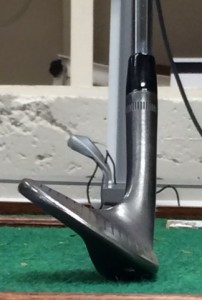
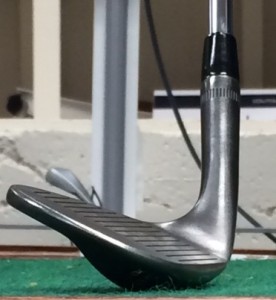
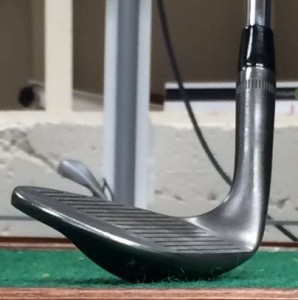
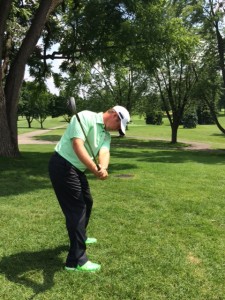
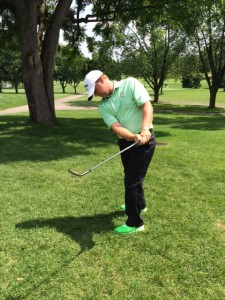


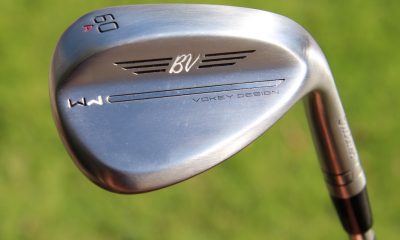

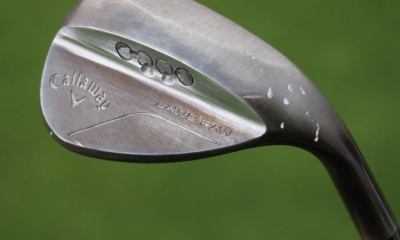

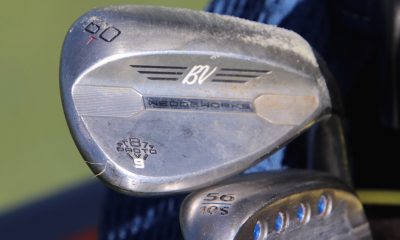

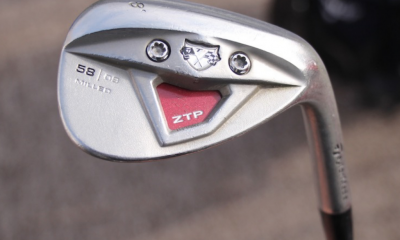



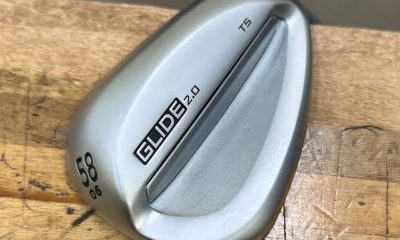








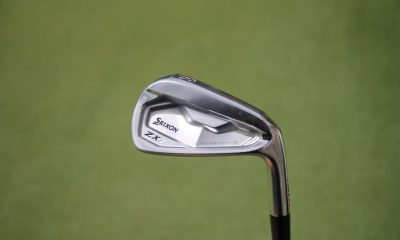







Jeremy Anderson
Sep 11, 2014 at 10:23 am
I agree Tom. Especially in the midwest. We get so much rain it’s squishy & yet invariably guys end up with vokey 60 degree with 4 degrees of bounce. Digger central!!
Tom Stickney II
Sep 11, 2014 at 12:38 am
Most people play with too little bounce. It’s critical to find the best bounce for your game.